When resolving opposing claims in dog bite cases, all sources of evidence need to be secured, and two in particular are the most reliable: the dog and the bite wounds.
The dog
There are three things about dogs that make them very important evidence:
1. Dogs are creatures of habit.
2. A dog's temperament doesn't change over time.
3. Dogs don't lie or change their behavior because they are involved in litigation.
Typically, a dog's behavior can change due to old age, illness, injury, or if they have been trained or had their behavior modified after an incident, but their temperament does not change over time. That is why a professional forensic evaluation of a dog is valid even years after the incident.
There are 12 areas to consider as part of a bite incident since they may be very important in establishing a defense.
Related: How much will a dog bite cost? About $37,200
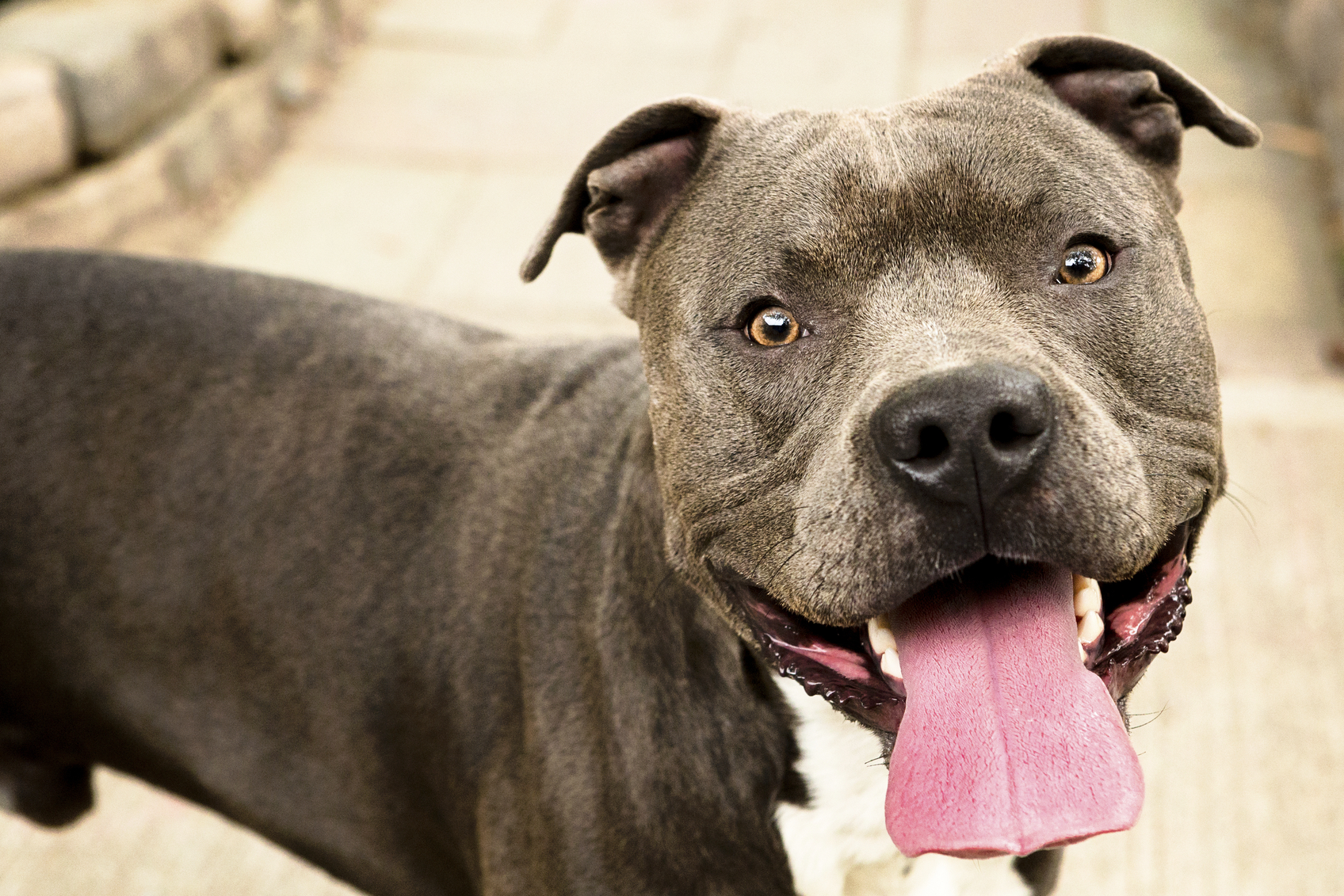
Each animal is unique regardless of its breed and should not be considered a danger without a full evaluation. (Photo: iStock)
1. Breed
Many plaintiff attorneys litigating a dog bite case believe if the defendant's dog is an “aggressive breed” such as an American Staffordshire terrier or other type commonly called a “pit bull” that their case is in the bag. However, this may not help the case unless it is being tried in a state or county in which pit bulls have been declared a dangerous or vicious breed. If a client's canine is not the vicious dog portrayed by opposing council, the negative association can be countered by a videotaped forensic investigation and evaluation along with expert testimony to the contrary.
2. Sex
Intact (un-neutered) male dogs are involved in 70-76 percent of reported dog bite incidents (Wright J.C., “Canine Aggression toward people: bite scenarios and prevention”).
3. Age/Health
Certain breeds see males become much more aggressive between one to three years of age. Older dogs also become aggressive due to painful physical issues like hip dysplasia or eye issues like glaucoma. Confirm that the defendant's dog was physically able to do what the plaintiff claims.
Related: 10 dog breeds most often blacklisted by home insurance carriers

Behavior history can be an important aspect of the defense in a dog bit claim. (Photo: iStock)
4. Size
Large breeds can cause more damage, especially when the incident involves a child. Check the dog's veterinary records at the date closest to the incident for the dog's weight. Sometimes, even though the defendant's pet is the larger dog, in a case involving dog-on-dog aggression an evaluation of both dogs can support witness testimony that the plaintiff's own dog bit him or her and was actually the aggressor.
5. Behavioral history
Since each dog is an individual within of a breed and may not present any of the characteristics commonly attributed to that breed, behavior history can be extremely important. An investigation into the defendant's dog's temperament and previous behavior is a must, especially since owner denial is a common factor in many bite incidents. A recorded evaluation can provide an accurate picture of the dog and its behavior.
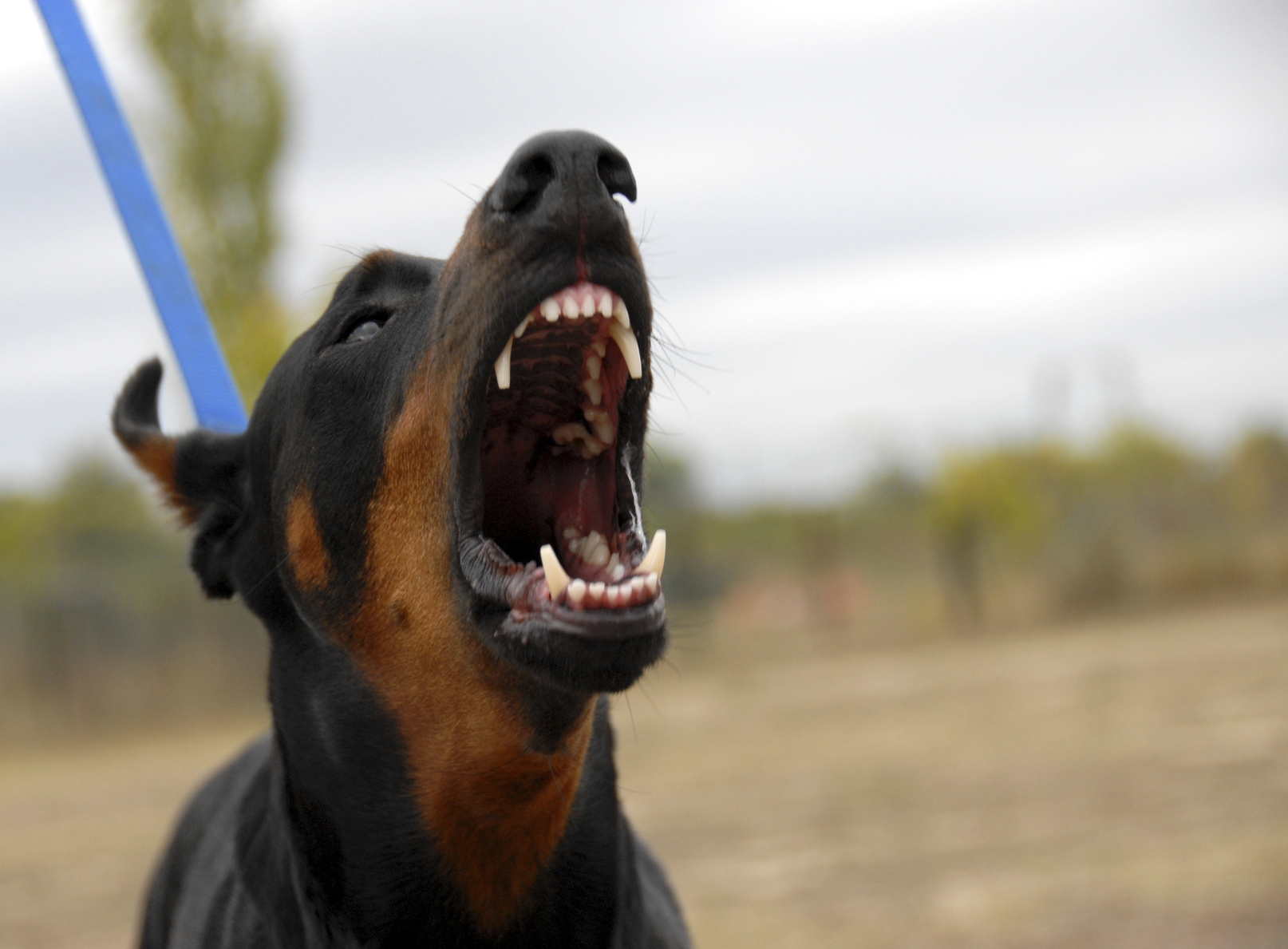
Just like people, dogs may exhibit different behaviors if they feel threatened or that someone is taking something away from them. (Photo: iStock)
6. Types of aggression
Canine aggression consists of growling, snarling, snapping, lunging and biting. It can involve dominant aggression, territorial aggression, protective aggression and maternal aggression.
Barking is not necessarily aggressive but based on tonality and other exhibited behaviors it may be construed as such. It is important to clarify the dog's tone, body language, etc. to determine if aggression was actually what was being displayed.
Even if a dog has demonstrated aggression in the past, it can be problematic when used as a support for the plaintiff's case unless it directly relates to the incident being litigated. For example, dog-on-dog aggression does not relate to dog-on-human aggression. Having evidence that the defendant's dog has attacked other dogs or animals in the past will not carry much weight if the plaintiff's case is strictly dog-on-human aggression and no other dog was present.
If there is evidence the defendant's dog bit someone who was trying to take its food away, that evidence will only have weight if the plaintiff was bitten in the presence of food. A dog that is food aggressive may not be aggressive in any other situation.
Previous incidents of aggression can also fail to add support to a plaintiff's case if they were provoked incidents where the dog was defending itself. If so, opposing council cannot use them to show that the client knew of his or her dog's “vicious propensities.”
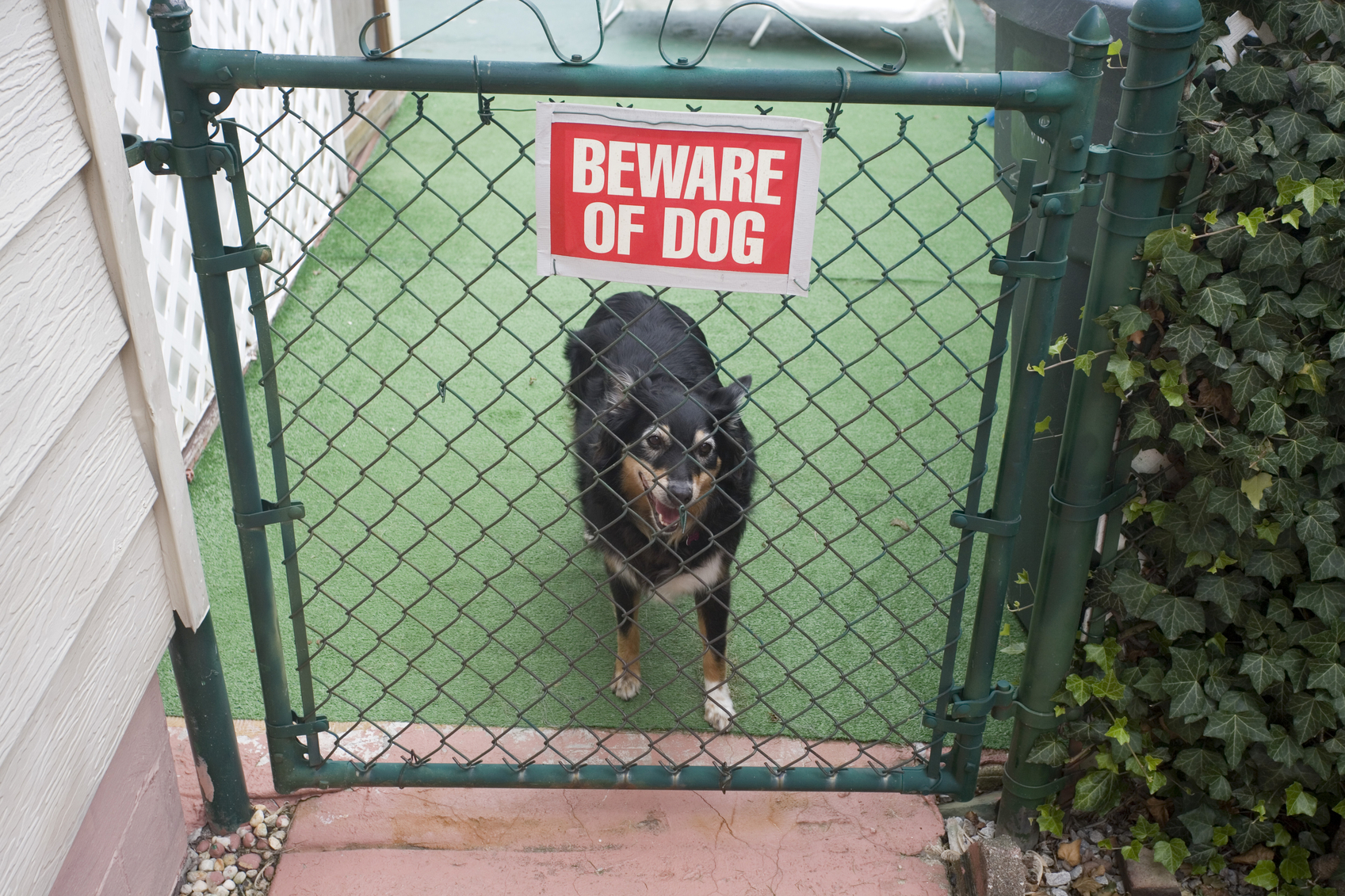
Well socialized dogs are less likely to exhibit aggressive behavior. (Photo: iStock)
7. Socialization
Dogs that are not well socialized, especially as puppies, have a higher likelihood of aggression. This should be explored early in the case.
8. Inside/Outside
Dogs that are kept outside and not allowed into the home are typically poorly socialized and more likely to demonstrate aggression towards strange people and dogs. However, your client's outside dog might be an exception to the rule and be a total sweetheart.
9. Chaining
Dogs that have been chained for long periods of time have been shown to be three times more likely to bite. (PETA.org) However, even if a dog has been chained, it doesn't mean that it is dangerous or vicious. An evaluation can be very important here.
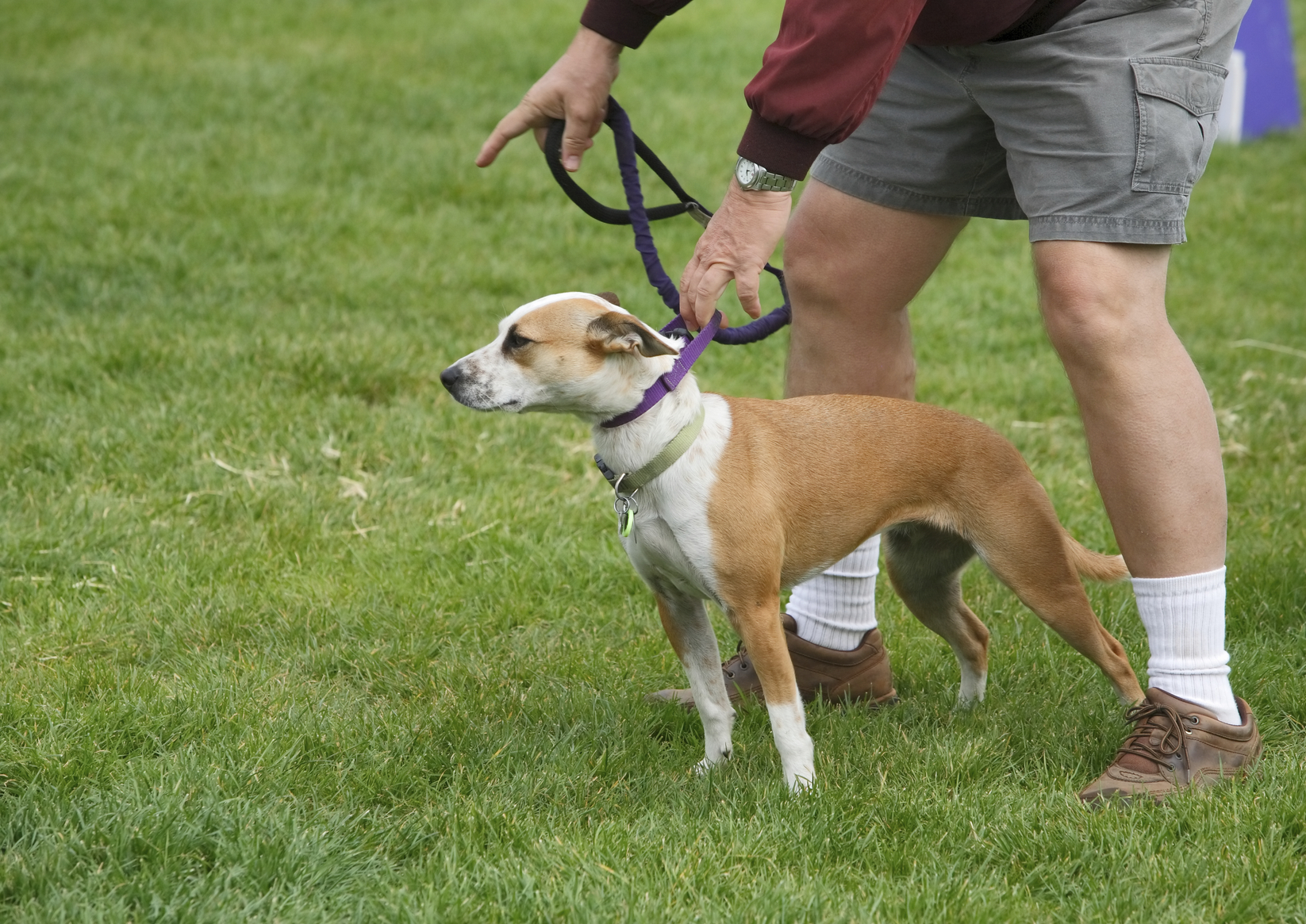
Training a dog can help keep aggression in check and a trainer can be a valuable witness to a dog's temperment. (Photo: iStock)
10. Stray or rescue
Many stray or rescue dogs are wonderful pets, but there are a fair percentage with behavior issues, which may be the reason they were on the street or put up for adoption. Previous owners sometimes don't tell the rescue organization about aggression issues because they are afraid the dog will be euthanized. Also important here is whether or not the dog was evaluated by the rescue organization and if the evaluation was done correctly.
11. Training
If the defendant's dog has been professionally trained, previous aggression may be one of the main reasons why. The trainer can be an excellent percipient witness regarding the dog's prior behavior and what the defendant knew about the dog prior to the day of the incident. Ask if the dog had aggression issues and if not, the trainer can give a statement on the client's behalf.
12. Exercise
Dogs that are under-exercised can build up tension that can fuel or intensify aggression.
Read more…
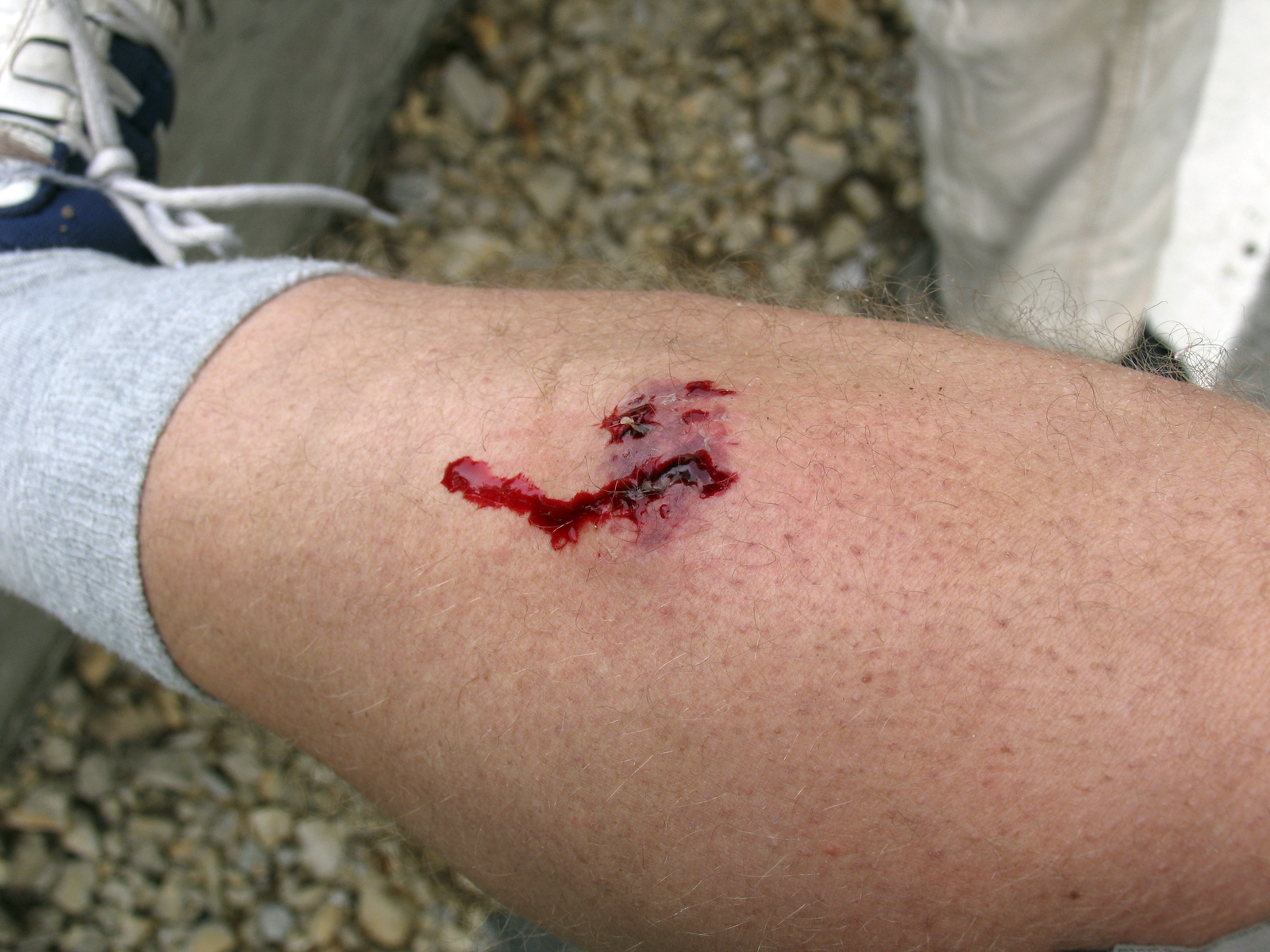
A quick dog bite may mean the dog is defending itself, while an attack is frequently unprovoked and may inflict more serious bites. (Photo: iStock)
Dog bite or dog attack?
Although all dog bites are serious from a medical standpoint and emotionally due to the potential long-term damage they can do to a victim, there is a difference between offensive and defensive aggression. All bites are an aggressive display, but a dog provoked into defending itself and responding with a quick inhibited bite is different from one that runs up to a victim and inflicts multiple deep punctures and has to be pulled off by the owner or handler.
Plaintiff attorneys often use the word “attack” to increase the emotional impact of their claim, whether or not the word is supported by the evidence.
Related: 8 tips for preventing dog bites
Read on…
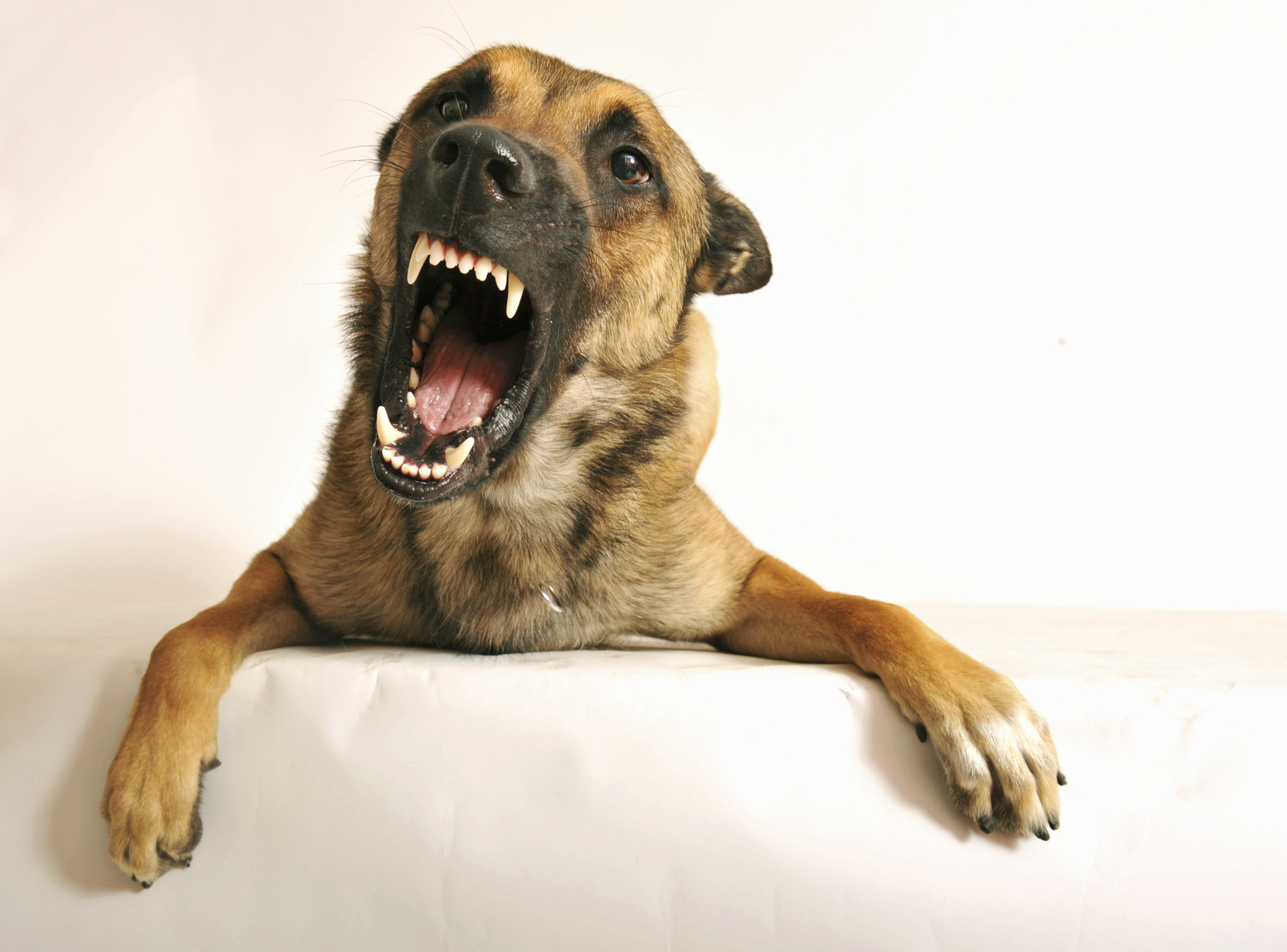
Since dogs exhibit different types of aggression, adjusters need to know what to look for and what types of questions to ask as part of their investigation. (Photo: iStock)
Defensive aggression
Dogs that bite defensively do so as a reaction to pain or to avoid a threat from a person who has provoked them. This could involve stepping on a tail or paw or someone putting his face very close to a strange dog's face in an attempt to kiss or hug it. Inhibited bites are where the dog controls its severity. In these cases the dog is simply trying to remove a threat.
One quick bite usually succeeds in creating enough distance between the dog and the threat and no further aggression is displayed. They tend to produce only lacerations and abrasions, and occasionally contusions caused by blunt force trauma as a result of the direct contact of the dog with the victim. Medical records can also be confusing if one doctor states a wound is a puncture and another calls it a laceration. Clarity about the wounds is imperative.
Offensive aggression
Typically, offensive attacks involve multiple bites to different parts of the body. The depth of the bite wound and type says a great deal about the dog's motivational state. Veterinarian records for each dog are important in dog-on-dog incidents where humans are bitten.
Often, false and exorbitant claims are made regarding incidents of dog aggression. Knowing what to look for will help adjusters and defense attorneys more accurately assess a client's case and present the best possible defense.
Ron Berman ([email protected]) is an expert in the forensic investigation and litigation of dog bites and pet-related injuries. He is an approved expert for the Superior Court of Los Angeles, a certified forensic expert and a licensed animal evaluator.
Want to continue reading?
Become a Free PropertyCasualty360 Digital Reader
Your access to unlimited PropertyCasualty360 content isn’t changing.
Once you are an ALM digital member, you’ll receive:
- Breaking insurance news and analysis, on-site and via our newsletters and custom alerts
- Weekly Insurance Speak podcast featuring exclusive interviews with industry leaders
- Educational webcasts, white papers, and ebooks from industry thought leaders
- Critical converage of the employee benefits and financial advisory markets on our other ALM sites, BenefitsPRO and ThinkAdvisor
Already have an account? Sign In Now
© 2025 ALM Global, LLC, All Rights Reserved. Request academic re-use from www.copyright.com. All other uses, submit a request to [email protected]. For more information visit Asset & Logo Licensing.








